What's best -- built-in dehumidifier or stand alone?
masb333
2 years ago
Featured Answer
Sort by:Oldest
Comments (31)
Related Discussions
Best way to build a 'Wet Room' with a stand alone tub
Comments (11)Good Morning. Yes Antss you are right about them not being clients as yet. I meet this family in Fontile when I was showing their sales staff the new 60" Channel Drain from Quick Drain USA. This family lives 10 minutes from my house and are doing a similar renovation on their home as I did on mine. The couple came by for a tour and to view the other 3 channel drains I have in stock. One other from Quick Drain USa and two from ACO. They love them. I like to build these bvathrooms in Excel first so I can give a proper budget and timeline for my clients. I only close 1 out of 4 jobs I quote as most are not prepare for the final ticket price. We are moving our focus into just this drain installation and waterproofing measures and will work on my home until these choice jobs come our way! Mongo the tub's waste line will be in at about 1 1/2" (grade speaking) from the drains low point. I was worried that this could be a problem. If I do like you say and make a tight connection and use Nobel Sealand or Kerdi Fix around this point do you feel it is far away and bullet proof enough?...See MoreAprilaire 1710A Stand Alone Dehumidifier
Comments (2)unless I'm mistaken, the 1710 is a 'whole house' dehumidifier and has a drain like a central air system. Not like a portable that has to be emptied. It can be installed as a stand alone, with one supply and one return just for it....or you can tie it into your existing return and supply can and wire through the fan circuit on your furnace to bring on the main fan when the dehumid is running. Dehumid are designed to set and forget...not to come home and 'crank' it down and expect results in an hour....See MoreSub-Zero Pro 48 stand-alone
Comments (22)I think in your case, you can go either way. In Rocco's first example, I actually don't like how they frame the top of the fridge because it is unnecessary. The room has a very tall ceiling and there are no top cabinets there. So the extra cabinet looks a little odd. Also, it throws off the symmetry to the floating shelf on the other side. In the second examples, it looks much cleaner. and i think it's perfect. So I think if there are no tall cabinets, you shouldn't frame it.. But if you do, then you can go either way. In Redlover's example, there is some tall cabinets on another wall, but I still think it looks a little odd because the wood frame has no function, it's not reallya cabinet. However, I think the wood framing provide stylistic unity for the kitchen. Since in that example, the kitchen is not going for modern, but going for more elegance. So, besides having top cabinets or not, style of your kitchen is also a consideration. Frameless is a little more modern, clean, it may even feel a little commercial. But the frame maybe necessary if you have a more "elegant", "traditional" kitchen. In your case, I think you can go either way. I'll probably not frame it since the frame probably won't provide usable storage, unless you are going for the elegant look.. then frame it. Lastly, looking at your kitchen layout, your main sink is very far from your range and the fridge. So, you can only use that for cleanup purposes. So your prep sink near the fridge became extra important and you will spend a lot of time preping there. It's a bit hard to see exactly how big of a prep sink you have but it look a little small from the rendering, esp if you get the kind that it's narrow on the side of the faucet. I'll advice getting a sink that is "normal" size, wide, and shallow for your prep sink. I am adding a photo of how we do it in our kitchen .. we have a very small kitchen but we lean toward modern and clean look. So we need lots of cabinets and we have to frame it. Here is the "wall" behind my island (w/sink). I haven't done my Kitchen reveal yet since i'm still waiting for my combi steam oven to arrive (see hole above oven) This post was edited by noopd on Wed, May 1, 13 at 23:51...See Morestand alone or build in bath vanity for basement
Comments (1)What are you considering a "stand alone?" Can you post a picture of an example? Trying to understand the quality/plumbing setup question....See Moremasb333
2 years agoJP Haus
2 years agojust_janni
2 years agoCharles Ross Homes
2 years agoworthy
2 years agoCharles Ross Homes
2 years agoDavid Cary
2 years agoAustin Air Companie
2 years agovinmarks
2 years agoCharles Ross Homes
2 years agoCharles Ross Homes
2 years agovinmarks
2 years agoCharles Ross Homes
2 years agoAustin Air Companie
2 years agoCharles Ross Homes
2 years agoAustin Air Companie
2 years agoCharles Ross Homes
2 years agolast modified: 2 years agoAustin Air Companie
2 years agoCharles Ross Homes
2 years agoAustin Air Companie
2 years agoKate
2 years agoCharles Ross Homes
2 years agoAustin Air Companie
2 years agoCharles Ross Homes
2 years agoAustin Air Companie
2 years agobry911
2 years agolast modified: 2 years agoDon
2 years ago
Related Stories

LATEST NEWS FOR PROFESSIONALSHouzz Co-Founder Alon Cohen on Why We Built Houzz Pro Software
Houzz Pro offers remodeling and design pros business management software and marketing features in a single solution
Full Story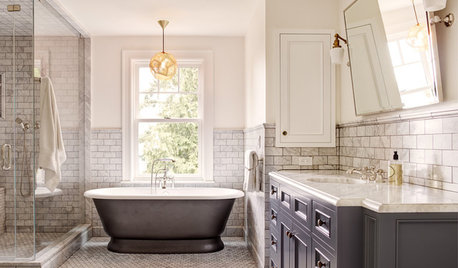
BATHROOM DESIGNNew This Week: 3 Baths With Walk-in Showers and Stand-Alone Tubs
See how these spacious bathrooms celebrate elegant stand-alone bathtubs and luxurious walk-in showers
Full Story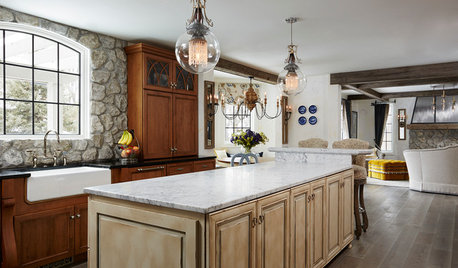
KITCHEN OF THE WEEKKitchen of the Week: Designed to Stand the Test of Time
Ageless beauty abounds in this elegant European-inspired kitchen in Minnesota
Full Story
GARDENING GUIDESOh, Deer! 10 Native Flowers That Stand Up to the Herds
Keeping a garden amid hungry deer can be hard, but these plants should fare well
Full Story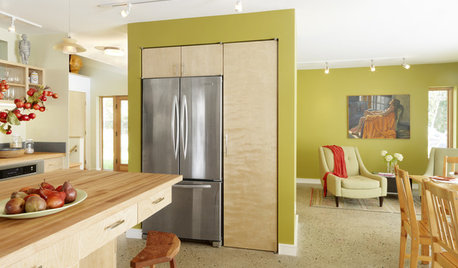
REMODELING GUIDESGet the Look of a Built-in Fridge for Less
So you want a flush refrigerator but aren’t flush with funds. We’ve got just the workaround for you
Full Story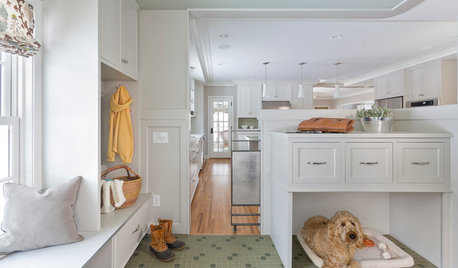
PETS16 Stylish Built-In Sleeping Areas for Dogs
Give pets their own safe haven with these built-in dog beds for the kitchen, living areas and laundry room
Full Story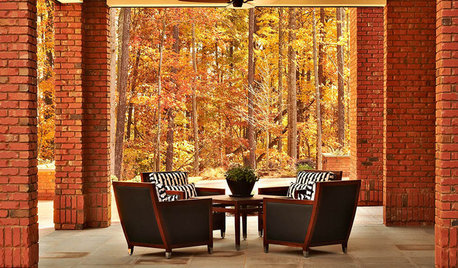
ARCHITECTUREGet a Perfectly Built Home the First Time Around
Yes, you can have a new build you’ll love right off the bat. Consider learning about yourself a bonus
Full Story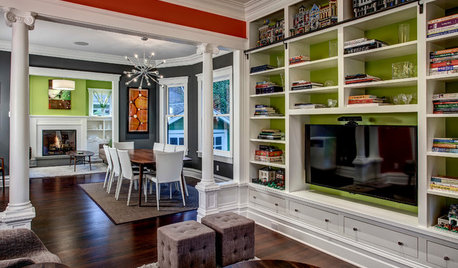
HOUZZ TV FAVORITESHouzz Tour: A Home Built for Lego Play
Candy colored and classically inspired, this remodeled Seattle home combines the best of past and present
Full Story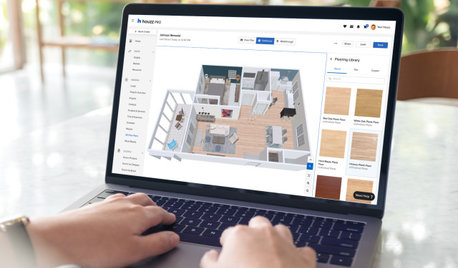
HOUZZ PRODUCT NEWSHouzz Co-Founder Alon Cohen Reflects on Houzz Pro’s Growth
New tools and increased adoption have made Houzz Pro an integral part of remodeling and design pros’ businesses
Full Story
KITCHEN MAKEOVERSKitchen of the Week: Storage for a Stand Mixer Powers a Redo
A redesign makes a cookie-cutter condo kitchen in Michigan more efficient and better for baking
Full StorySponsored
Your Custom Bath Designers & Remodelers in Columbus I 10X Best Houzz



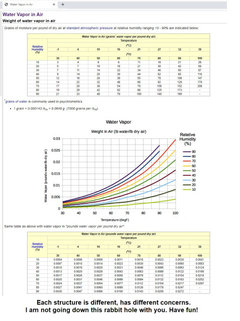


Charles Ross Homes